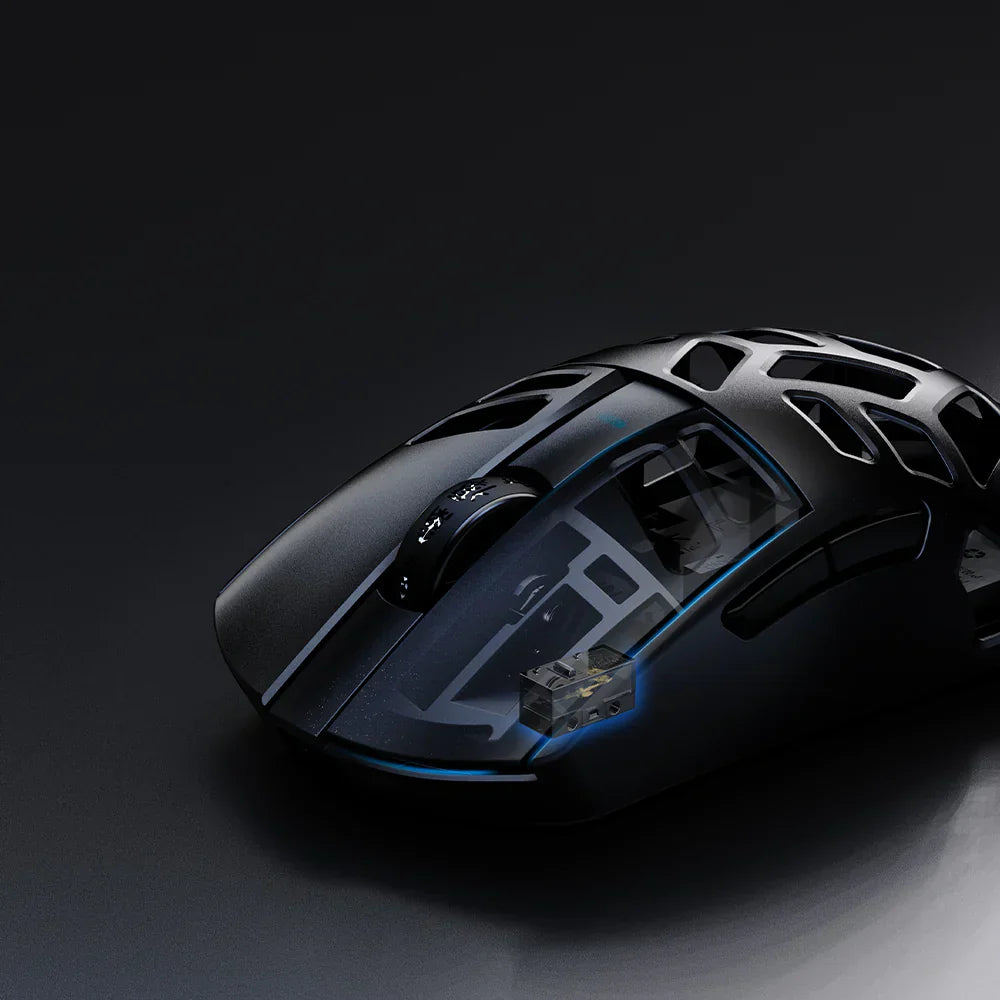
Wireless mice have revolutionized the way we interact with computers. They eliminate clutter, offer mobility, and now — thanks to advances in technology — rival their wired counterparts in performance. But how do wireless mice work, and what makes them so efficient today? In this guide, we’ll break it down into five essential areas, all supported by peer-reviewed research and modern technology insights.
At the heart of every wireless mouse is a communication technology that transmits user input (movement, clicks) to the computer — without a cable.
All these technologies convert mouse actions into encoded wireless signals, which the computer then receives, decodes, and processes instantly.
A wireless mouse is more than just a shell with buttons. It’s packed with precision hardware that makes real-time input possible.
Main Components:
When you move the mouse or click a button, the microcontroller interprets these actions, and the transmitter sends the data to your computer. It's an incredibly fast and seamless process, aided by advanced signal encoding techniques.
One of the most talked-about specs in any mouse is DPI (dots per inch) — a measure of sensitivity.
In gaming, researchers have found a strong relationship between mouse sensitivity and performance. Higher DPI, when balanced with in-game sensitivity (eDPI), can enhance aiming precision and speed (Prajapati et al., 2024).
Most wireless gaming mice today allow on-the-fly DPI switching, offering better control across different applications — from casual browsing to high-speed gaming.
Historically, wireless mice were seen as slower or less responsive than wired ones. But is that still true?
Top-tier wireless mice now achieve 1–2 ms latency, almost identical to wired mice.
RF-based mice often perform better than Bluetooth in terms of latency and stability, making them suitable for gaming environments (Long & Gutwin, 2019).
However, interference can still pose problems in poor environments — such as near Wi-Fi routers or microwaves. That’s why RF mice often come with adaptive channel selection and frequency hopping to mitigate these issues (Xiang, 2006).
For most users — including gamers — modern wireless mice now deliver performance nearly indistinguishable from wired options.
Wireless mice rely on batteries, so power efficiency is a key factor in their design. Depending on the model, a wireless mouse can be powered by:
Some newer models even feature wireless charging docks, allowing for continuous charging during use — a trend that’s growing in popularity as devices move toward complete wireless ecosystems.
So, how does a wireless mouse work? Through a smart combination of motion sensors, microcontrollers, wireless transmitters, and energy-saving tech, all working together in milliseconds. The result is a device that delivers freedom, performance, and precision — no wires required.
With continued advancements in RF, Bluetooth, battery life, and latency reduction, wireless mice are now serious contenders in both everyday productivity and high-performance gaming.
References:
Ihr Warenkorb ist leer